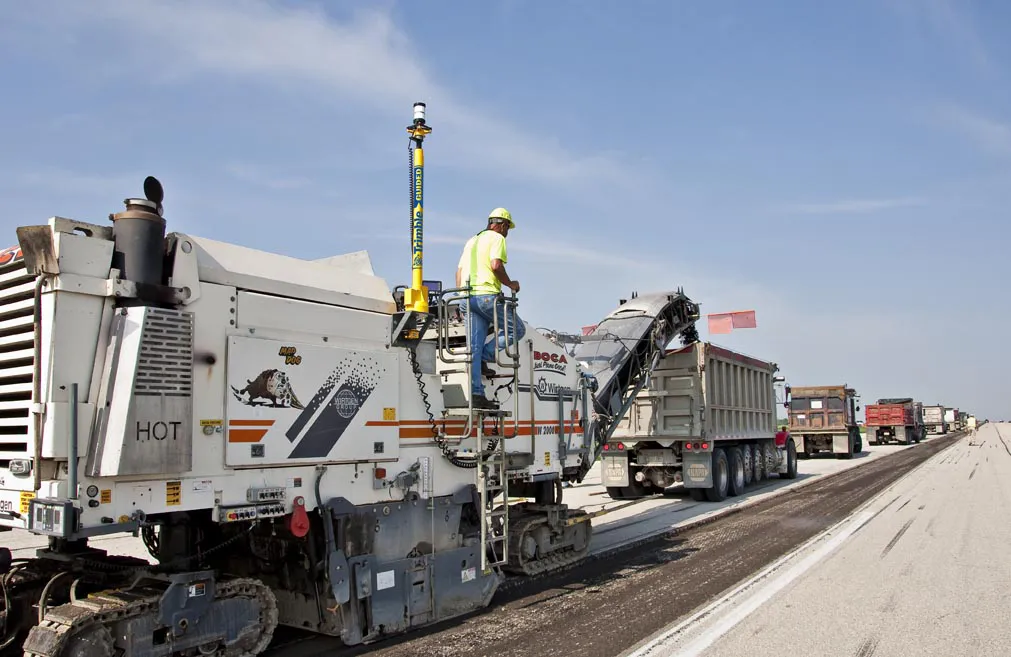Trimble is offering a new version of its Trimble GCS900 grade control system designed for use with milling machines. The new package allows contractors using planers for road repairs to achieve material savings and increased road smoothness during the ensuing paving operation. By controlling the cutting depth of a milling machine accurately, a contractor is less likely to make an overcut in the areas being repaired and as a result, is less likely to require additional asphalt or concrete when paving the new
July 16, 2012
Read time: 2 mins

Controlling the cutting depth can reduce the number of passes required of the mill, the need for additional grading or re-milling work and wear on the milling machine and blade. More efficient use of the mill also means the machine can be moved to the next site quicker to save time and reduce cost.
Contractors can now use their existing Trimble machine control components on more machines and for more applications, providing a faster return on investment. By fitting machine guidance technology to milling machines contractors can implement total station-based machine control technology across more machines in their fleets. The The Trimble SPS Series universal total station package suits high accuracy work and can also be used in places with limited or no GPS coverage, such as in tunnels, under overpasses, in highway cuttings and in urban 'canyon' areas. Using the Trimble GCS900 system, contractors can now move their machine control positioning system components between dozers, graders, excavators, soil compactors, trimmers, and milling machines.







